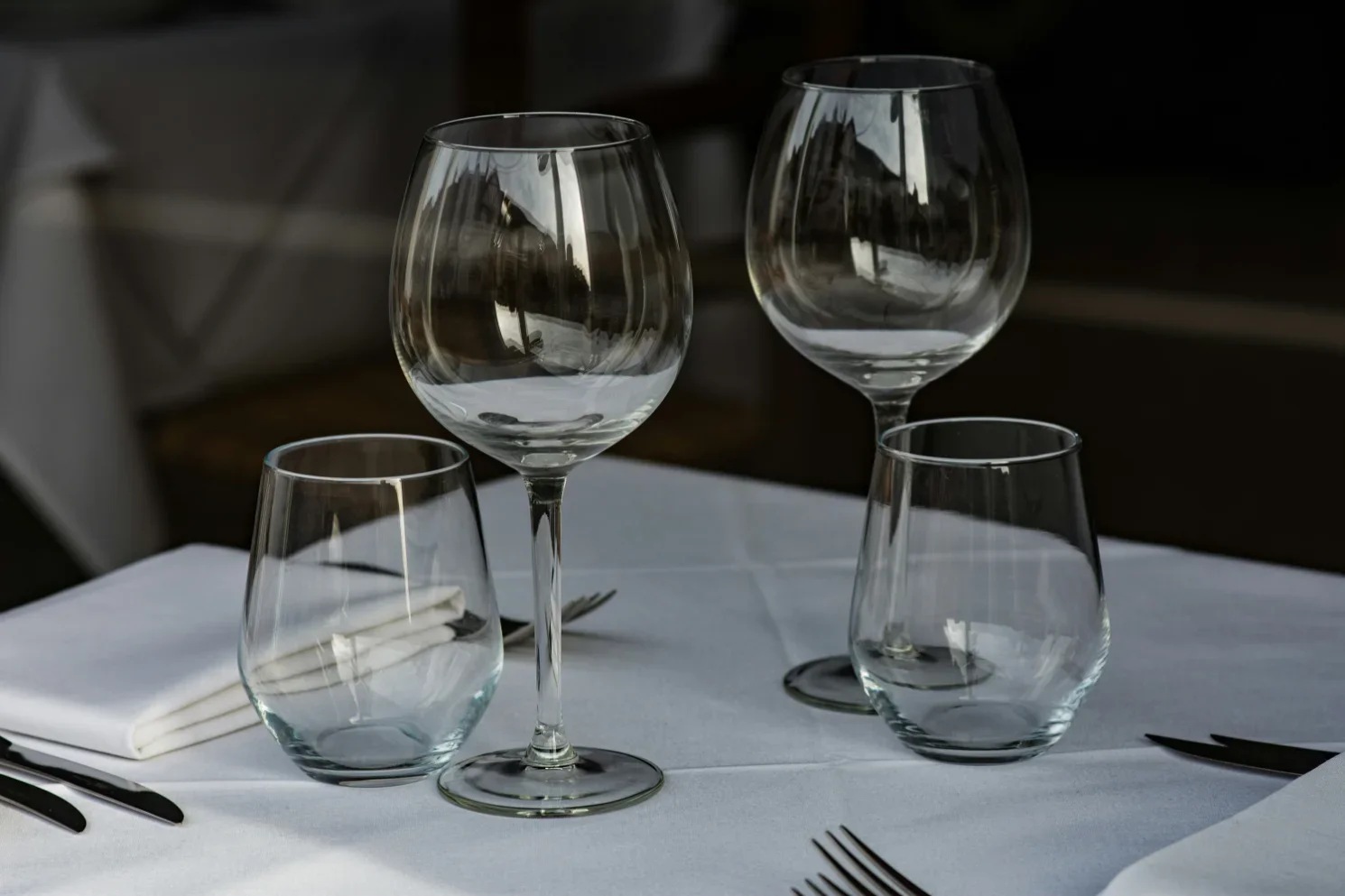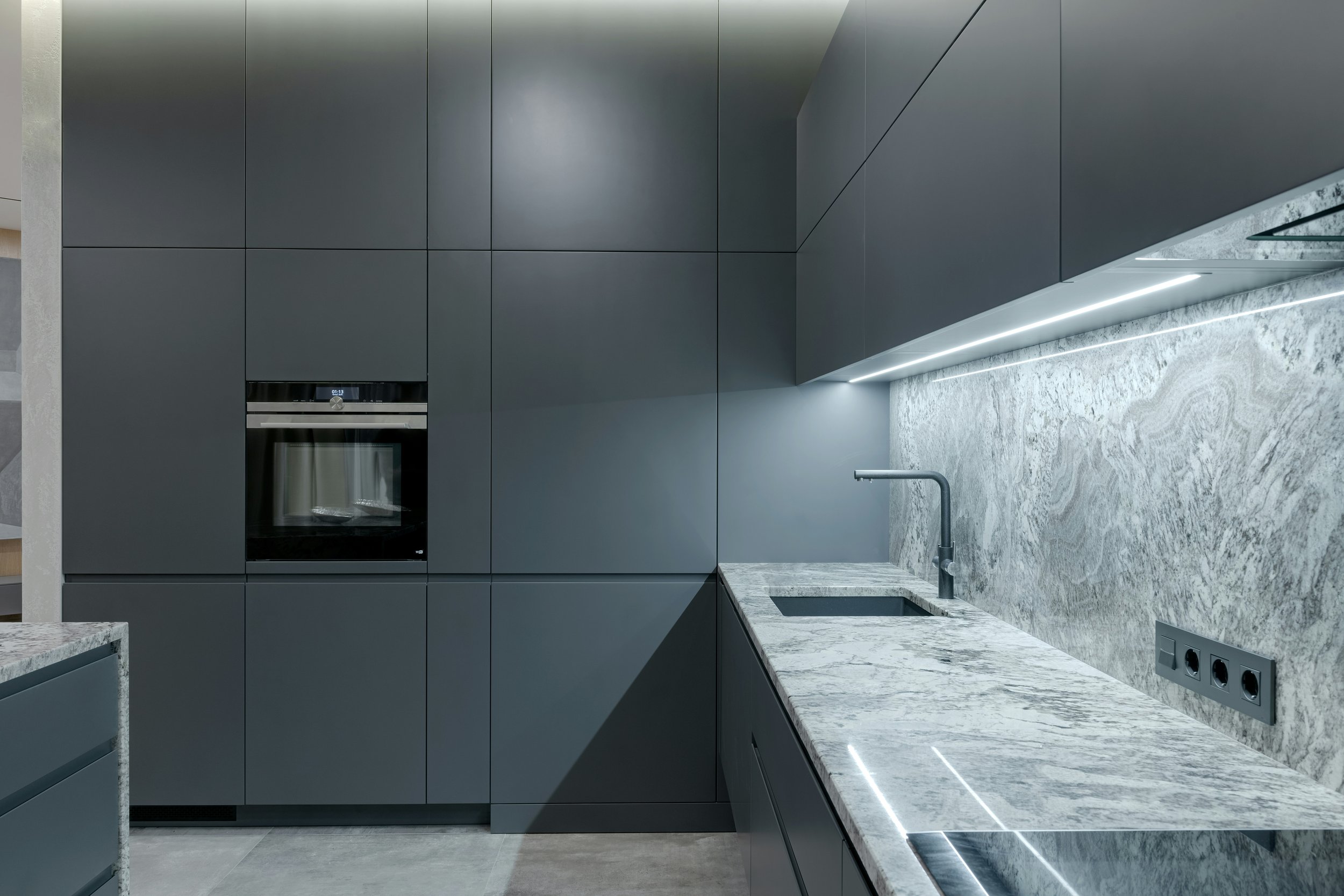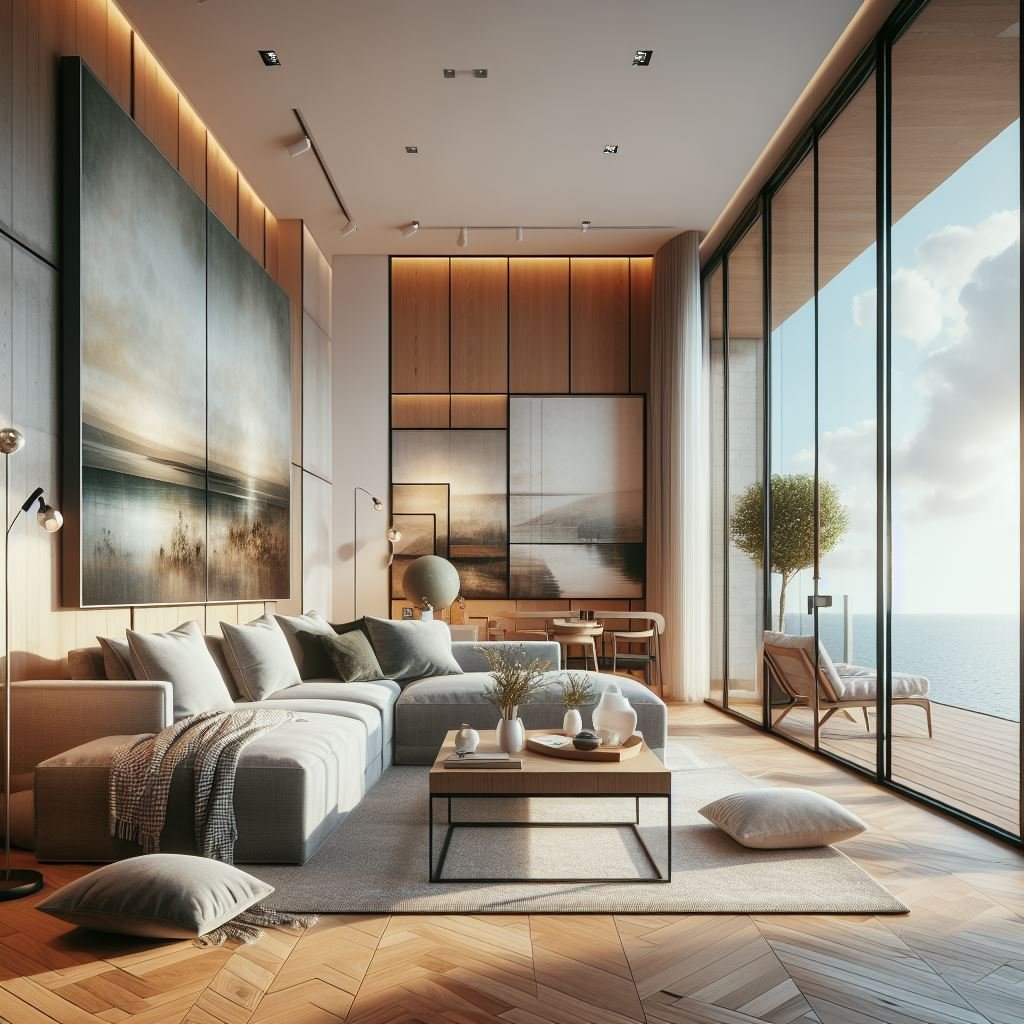Why Stained Glass Is Making a Comeback in Modern Home Design
Stained glass is back—adding color, charm, and personality to modern interiors. Discover why this timeless art is trending in today’s home design.
Stained glass might conjure images of cathedral windows or Victorian parlors, but it’s no longer just a symbol of the past. Today, it’s reemerging as a dynamic element in contemporary home design. With homeowners seeking personality, color, and craftsmanship in their spaces, stained glass is stepping into the spotlight – not as a nostalgic touch, but as a bold design choice.
Modern Aesthetics, Timeless Material
The resurgence of stained glass isn’t about replicating antique aesthetics. Instead, designers and homeowners are embracing it in new ways. We're seeing geometric patterns, abstract motifs, and even minimalist interpretations. This shift isn’t just stylistic; it’s part of a broader trend toward meaningful, handcrafted decor that stands out in an era of mass production. A key example of this modern take can be seen in decorative pieces like handmade stained glass suncatchers, which bring stained glass into everyday living spaces with a contemporary twist.
The Power of Light and Color
One reason stained glass is making waves again is its unique ability to manipulate light. In a world dominated by screens and artificial lighting, there’s something grounding about the way natural light interacts with stained glass. It casts colored shadows, creates dynamic moods throughout the day, and turns an ordinary window into a living canvas. Unlike curtains or blinds, stained glass filters light without blocking it, offering both beauty and function.
Aligning with Biophilic Design
This interplay of light and color also aligns with another modern design priority: biophilic design. As more people seek a closer connection to nature indoors, stained glass provides a way to bring in sunlight in a rich, artistic way. It can echo the hues of outdoor landscapes or mimic the organic forms of leaves, flowers, and water. Rather than competing with nature, stained glass collaborates with it.
Craftsmanship and Authenticity
In addition to aesthetics, stained glass carries a sense of permanence and craftsmanship that many find lacking in mass-market interiors. Each piece is typically handcrafted, often involving hours of cutting, soldering, and assembling. That level of artistry appeals to people seeking more than just off-the-shelf decor. It offers a story, a connection to the maker, and a sense of timelessness – something mass-produced items can’t replicate.
Beyond the Window: Architectural Integration
Architects are also getting on board. In modern homes, stained glass isn’t confined to windows. It’s showing up in transoms, doors, room dividers, and skylights. Instead of traditional floral motifs, many of these designs feature clean lines, neutral tones, or even frosted textures. The material's flexibility means it can suit a range of styles, from Scandinavian minimalism to eclectic boho to sharp industrial spaces.
Personal Expression Through Design
Part of this revival is also cultural. As more people look for ways to express identity in their homes, stained glass provides an opportunity for personalization. Whether it's a bespoke piece made with symbolic imagery, or a ready-made accent that reflects the owner's taste, these works often become focal points that spark conversation. They aren’t just decoration; they carry intention.
Sustainability and Reuse
There’s also a sustainability angle. Stained glass has a long lifespan and can often be restored or repurposed. Vintage stained glass panels are being reclaimed from old buildings and given new life in modern homes. This reuse not only adds character but aligns with eco-conscious design choices. Instead of tearing out history, designers are finding ways to integrate it.
Technology Meets Tradition
Technological advances have played a role in this comeback as well. Improved materials, more precise tools, and greater accessibility to artisan makers through online platforms have all made stained glass more available and customizable than ever. It's no longer just for the wealthy or the traditionally inclined. Whether you're adding a small accent or a full feature wall, stained glass is now within reach.
Emotional Resonance in the Home
Moreover, there’s a psychological aspect. As people spend more time at home, especially post-2020, there’s been a shift in how we think about our spaces. Interiors are expected to inspire, uplift, and comfort. The way stained glass changes throughout the day – as the sun moves, clouds pass, or seasons change – adds a living element to the home that few other materials can offer.
Not Just a Trend
Importantly, this isn’t a fleeting trend. The renewed interest in stained glass is part of a broader design movement that values authenticity, individuality, and sensory richness. As homes become more than just places to live – doubling as offices, sanctuaries, and creative studios – people are choosing elements that resonate emotionally, not just visually.
Easy Ways to Start
For those looking to experiment without overhauling an entire room, smaller pieces offer an easy entry point. Hanging panels, cabinet inserts, and decorative accents let homeowners try out the look in a manageable way. Sclow Stained Glass offers a range of modern designs that reflect this new wave, blending traditional techniques with a fresh sensibility.
Conclusion: A Forward-Thinking Classic
Stained glass is no longer stuck in the past. It's evolving. It’s becoming a tool for expression, a medium for creativity, and a statement about what home should feel like. Whether through bold architectural installations or small, sunlit ornaments, stained glass is proving it deserves a spot in the modern design conversation – not as a throwback, but as a way forward.











